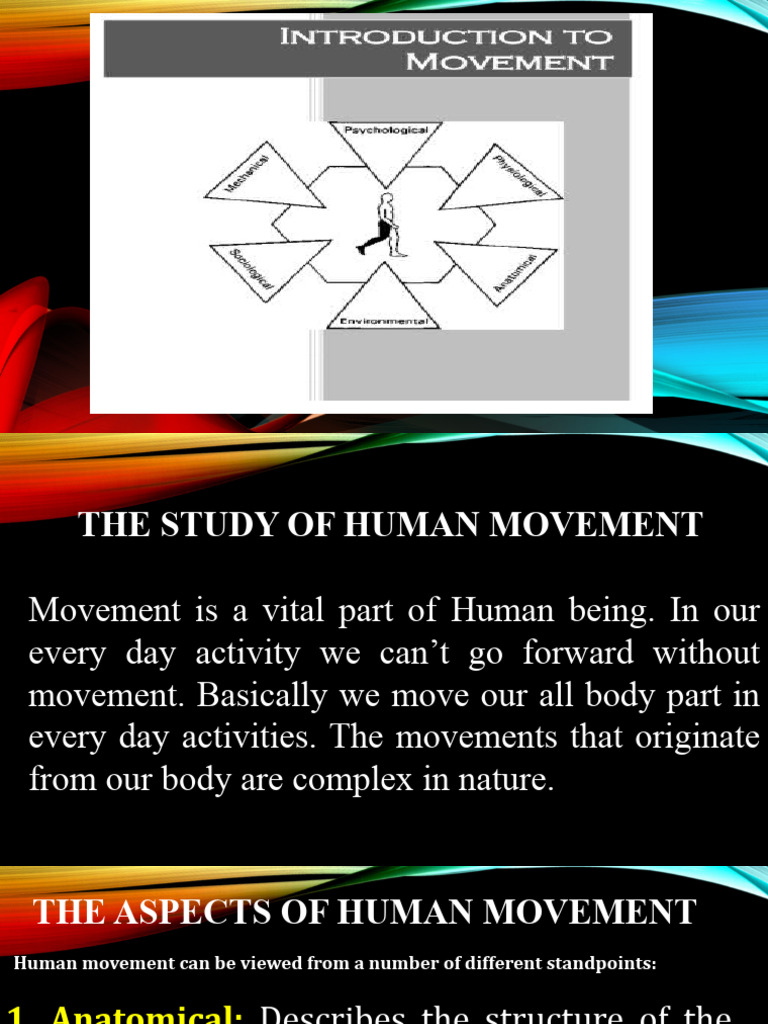In the realm of human geography, movement serves as a dynamic thread that weaves through the intricate tapestry of spatial relationships and cultural interactions. At its core, movement encompasses the various phenomena related to the transfer of people, goods, ideas, and information across different spaces. This concept, often likened to a flowing river, reflects the perpetual state of flux in which societies exist as they adapt to changing environments and circumstances.
To articulate the definition of movement in human geography, one might view it as more than mere transit; it is a manifestation of interconnectedness, revealing how places and cultures influence one another. The metaphor of a global web vividly illustrates this—each strand representing a unique pathway, from migration routes to trade networks, where the actions of individuals resonate through the larger societal framework.
Movement can be classified into several categories, each pointing to differing aspects of the phenomenon. The first major category is human mobility, which includes the movement of individuals or groups from one location to another. This mobility may be voluntary, such as seeking new opportunities, or involuntary, often precipitated by conflict or environmental degradation. The quest for a better life propels millions across borders, akin to birds migrating toward warmer climates, seeking solace amidst changing landscapes.
Transportation serves as another pivotal aspect of movement. This category encompasses the systems and infrastructures that facilitate the movement of goods, people, and ideas. Highways, railways, airways, and waterways form the arteries of human interaction, propelling commerce and communication. Consider the bustling ports around the globe; they stand as gateways, much like the gaping mouth of a leviathan, where international trade fuels economic lifeblood.
Moreover, the movement of information cannot be overlooked. In an age of connectivity, the swift transmission of ideas and data across digital realms has altered traditional notions of space and time. The internet, with its intricate network of connections, mirrors the synapses of a brain, allowing for instantaneous communication that transcends geographical barriers. This remarkable capability has spawned new cultural exchanges, innovations, and social movements, enriching the global discourse.
In addition to these categories, movement encompasses cultural diffusion, a process by which cultural beliefs, practices, and inventions are transmitted from one society to another. This phenomenon is analogous to ripples on a pond; a single pebble dropped into the water sends waves that radiate outward, influencing distant shores. From the spread of culinary practices to the adoption of technology, cultural diffusion highlights how interconnected the world has become.
Understanding movement within human geography necessitates contemplation of its implications. The fabric of modern civilization is interwoven with threads of migration patterns, trade routes, and communication lines. As societies become increasingly globalized, the significance of movement escalates, necessitating a critical examination of human impact on cultural landscapes and environments.
Furthermore, the consequences of movement extend beyond mere statistics; they affect social, economic, and political landscapes. Urbanization exemplifies the allure of movement, as individuals flock to cities in pursuit of employment, education, and enhanced quality of life. This migration to urban areas often leads to the phenomenon of megacities, colossal urban agglomerations that pulse with life. However, the challenge of accommodating such rapid growth poses pressing issues for infrastructure, housing, and sustainable development.
In contrast, rural depopulation emerges as a complementary trend, as individuals vacate the countryside in search of opportunities. This shift can lead to a decline in agricultural productivity, with consequences for food security and cultural heritage. The intricate dance of migration thus raises questions about the sustainability of movement and its long-term implications for society and the environment.
The movement of commodities, both legal and illicit, plays a significant role in global economic dynamics. Trade agreements and international logistics govern the flow of goods, while clandestine networks complicate the landscape. Understanding these intricate systems is akin to deciphering a complex map, where each route carries significance, both seen and unseen. The recent challenges posed by global disruptions, such as pandemics or geopolitical tensions, underscore the vulnerabilities embedded in these movement systems.
Moreover, the relationship between movement and environmental sustainability warrants a deeper exploration. As urban centers expand and transportation networks proliferate, the ecological footprint of human activity becomes increasingly consequential. Examining movement through an ecological lens reveals the urgent need for sustainable practices that can mitigate adverse effects. The challenge lies in harmonizing the desire for progress with the necessity of preserving ecosystems—a delicate balancing act that requires astute policymaking and innovative solutions.
Ultimately, the study of movement in human geography serves as a mirror reflecting the complexities of our interconnected world. Each relocation, each trade route, and each exchange of ideas contributes to the larger narrative of humanity. This intricate dance reveals the tapestry of cultures, economies, and environments, all shaped by the rhythms of movement. By embracing a holistic approach, society can gain insight into navigating the multifaceted challenges posed by an ever-changing world.
As human geography continues to evolve, the exploration of movement remains a compass guiding our understanding of global interconnections. It compels us to ponder how our actions reverberate through the intricate web of existence, urging a collective responsibility to foster a more equitable and sustainable future. The currents of movement, while transient, leave an indelible mark on the global landscape, reminding us that we are inextricably linked to one another and to the world we inhabit.
